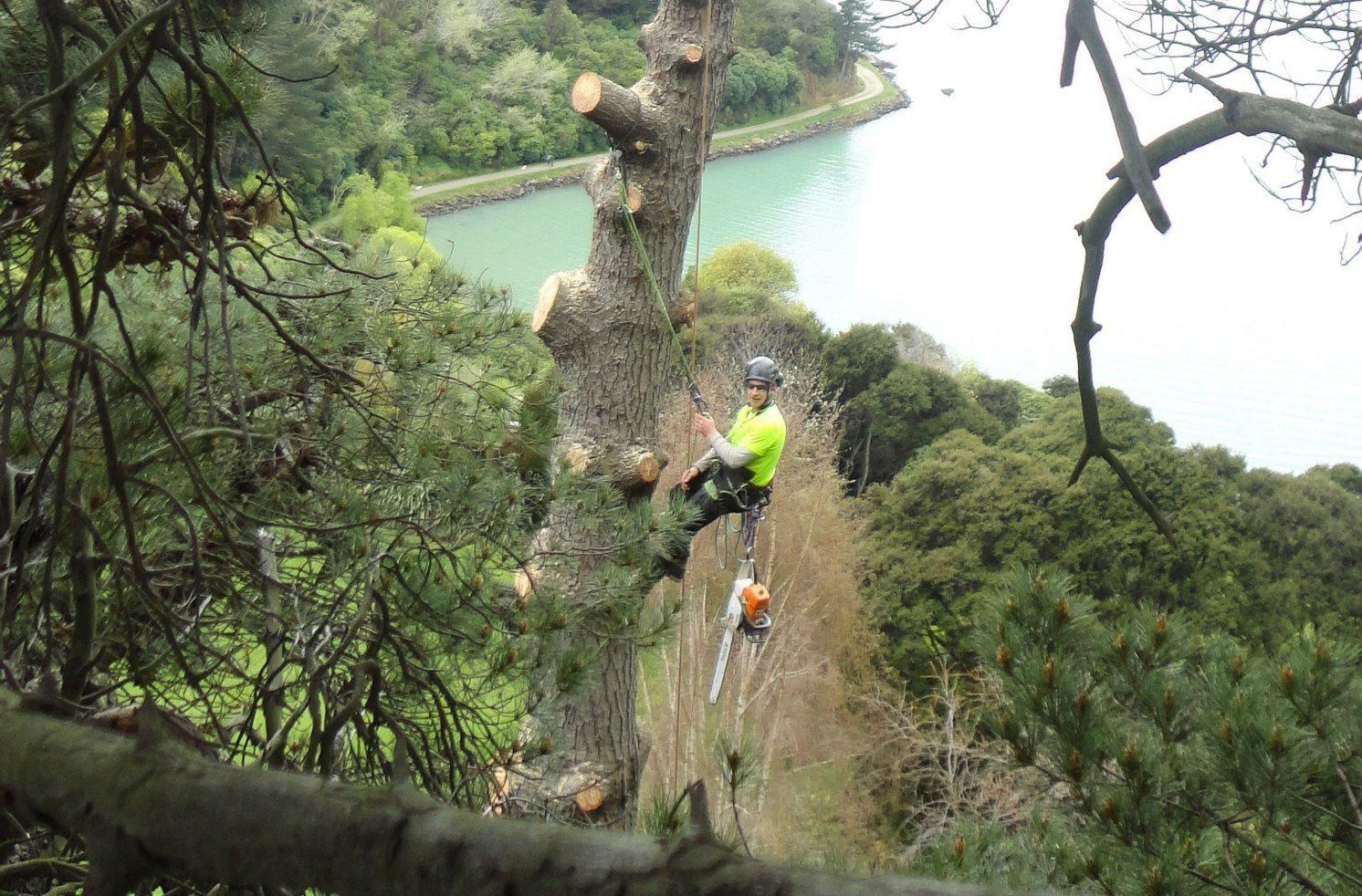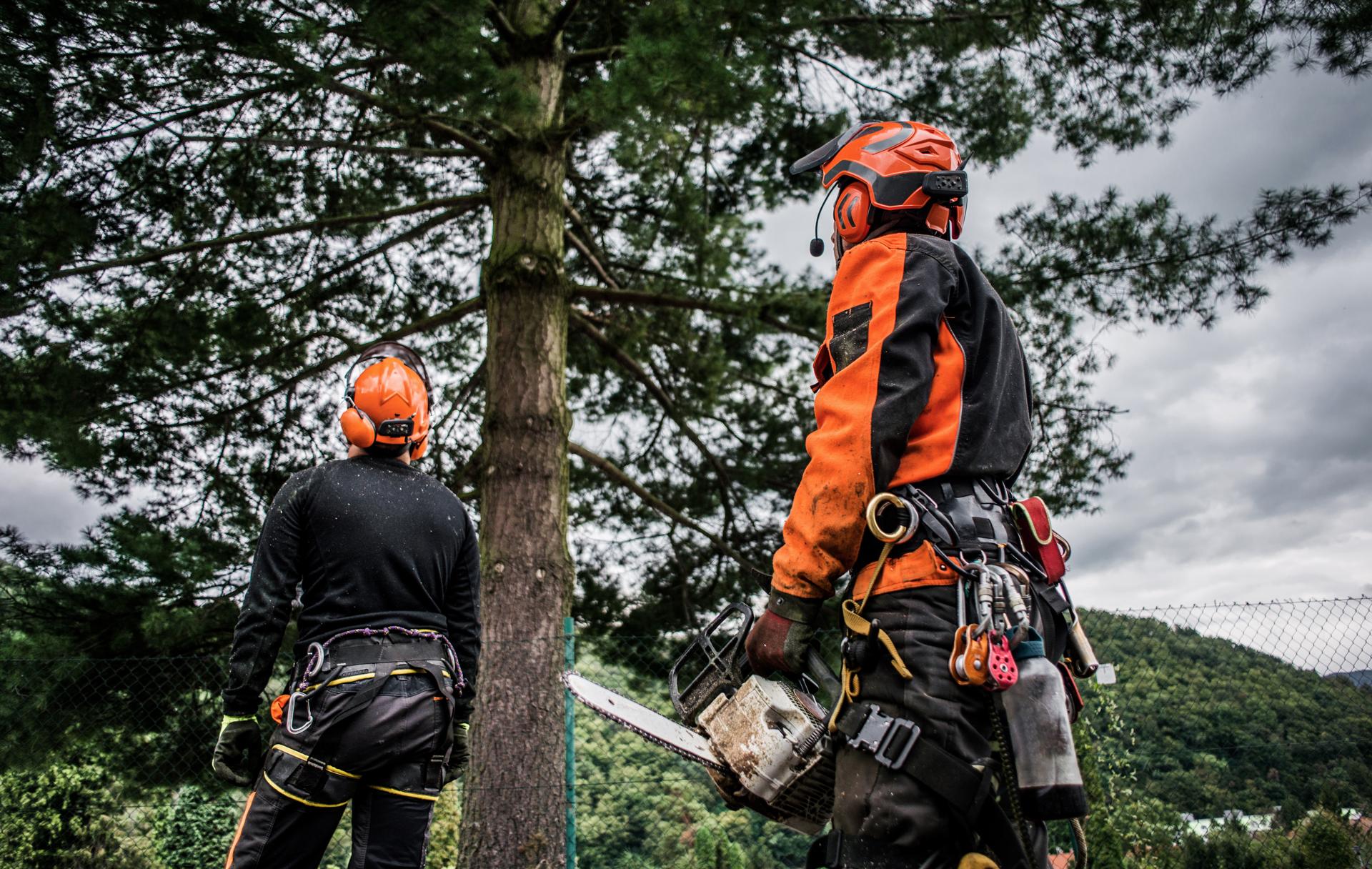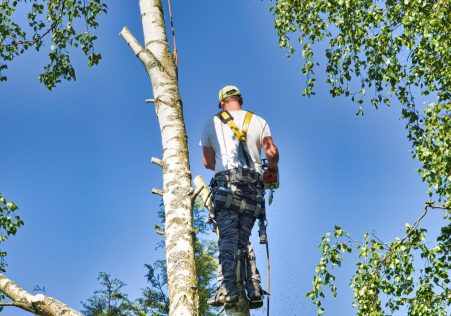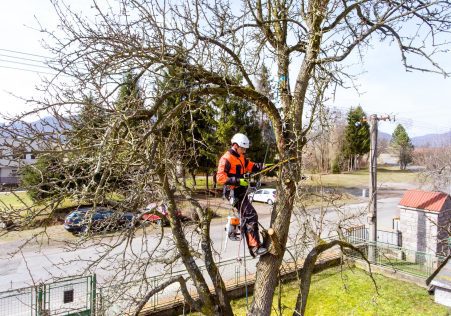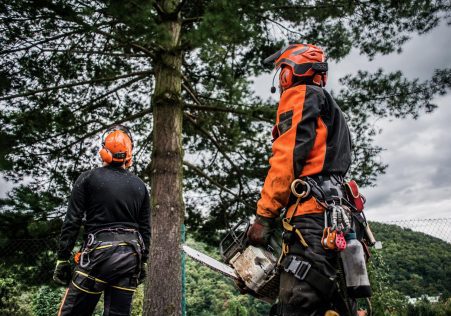The importance of proper tree Identification: How do you know If a Tree is Safe
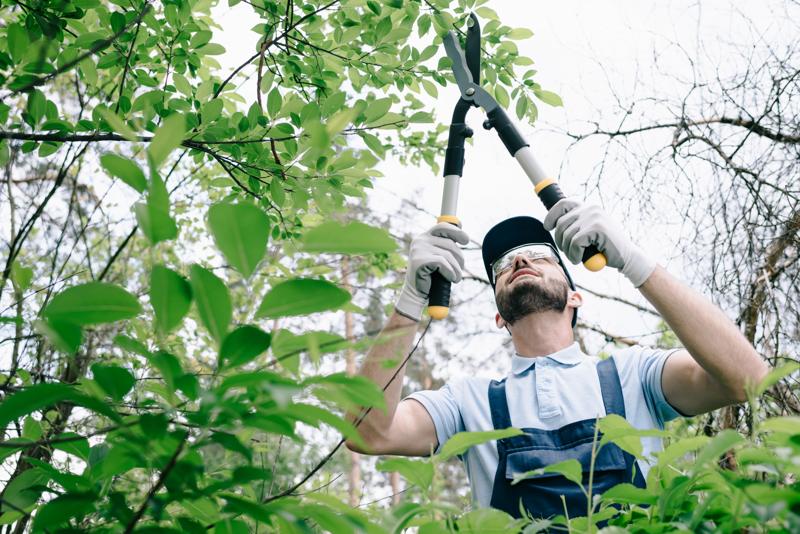
Trees play an important contribution to our ecosystem by providing shade, fresh air and aesthetic value to our surroundings. However there are a few trees that aren’t alike and some have an additional status of protection, making it illegal to do any work without obtaining permission. If you are considering having a tree removed it is essential to know the status of protection for the tree you’re considering and the steps you have to take to comply with the law. In this article, we will guide you through the steps to determine if trees are secured and the steps you have take to be sure that you comply with the law.
What is a protected tree?
A protected tree is one that can be subject to specific laws and regulations, and it’s illegal to works on a tree without having the appropriate permissions. There are two kinds of protection that a tree might have: preservation and protection orders that are statutory.
Protection under the law
In the context of the law, trees are protected by the law, and they are under the control of Tree Preservation Orders (TPOs). TPOs are enacted by local authorities to safeguard trees with a significant public value and to ensure that they are not damaged or destroyed.
Preservation orders
Preservation orders are similar to TPOs but are set up by the Secretary of State for the Environment. Trees with preservation orders are considered to be of exceptional value and are protected from any work, including felling.
How do I know whether a tree is safe?
To determine whether a tree is protected, you must to determine if the tree is in the process of being subject to a TPO or preservation order. This can be done by contacting the authorities in your area and asking them look up their records.
TPO search
To find an TPO to locate one, contact your local Tree and Woodland Officer at the local authority. They can inform you whether the tree is protected. They will also be able to advise you about the next steps to do if your tree is protected.
Preservation order search
If you are looking for a preservation order you’ll need to call the Secretary of State for the Environment. They will tell you if the tree is protected and provide you with the required information and guidelines.
FAQs:
What is the consequence if I do work on a protected tree without permission?
If you do work on a tree that is protected without obtaining the necessary authorizations, you could be subject to massive fines or even prison.
Can I contest an TPO or preservation order?
Yes, you are able to appeal an appeal of a TPO or preservation order if you feel it’s not justifiable. But, you’ll need to provide evidence to support your case and show why you believe that the TPO or order to preserve isn’t necessary.
Can I remove a protected tree?
It is against the law to remove protected trees without permission from the appropriate authorities. If you need the tree to be removed, you will need to request permission and submit evidence to support your case.
Conclusion
In the end, determining if trees are protected is a vital step in ensuring that any tree work legally completed. If you know the various types of protection and the best way to determine if they are protected to ensure you’re following the law and protecting the trees you care for. If you’re not sure about the nature of the protection of trees, we suggest seeking professional advice from a reputable tree specialist, such as Penrith Tree Cutting. Our team of experienced arborists will be able to inform you regarding the status of protection of your trees and walk you through the necessary steps to ensure you are complying with the legal guidelines. With our experience and dedication to providing high-quality tree services we will help you preserve the beauty and worth of your trees. Contact us today by calling 0480 024 203 to schedule a appointment, and let us guide you on how to ensure that your trees are protected and healthy.

